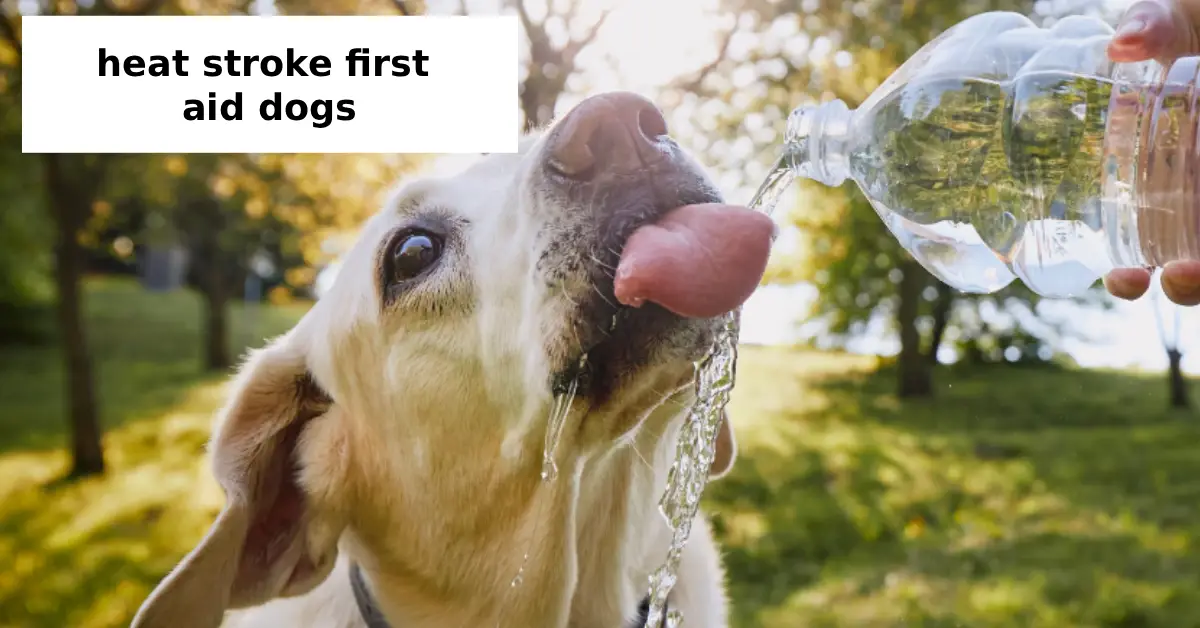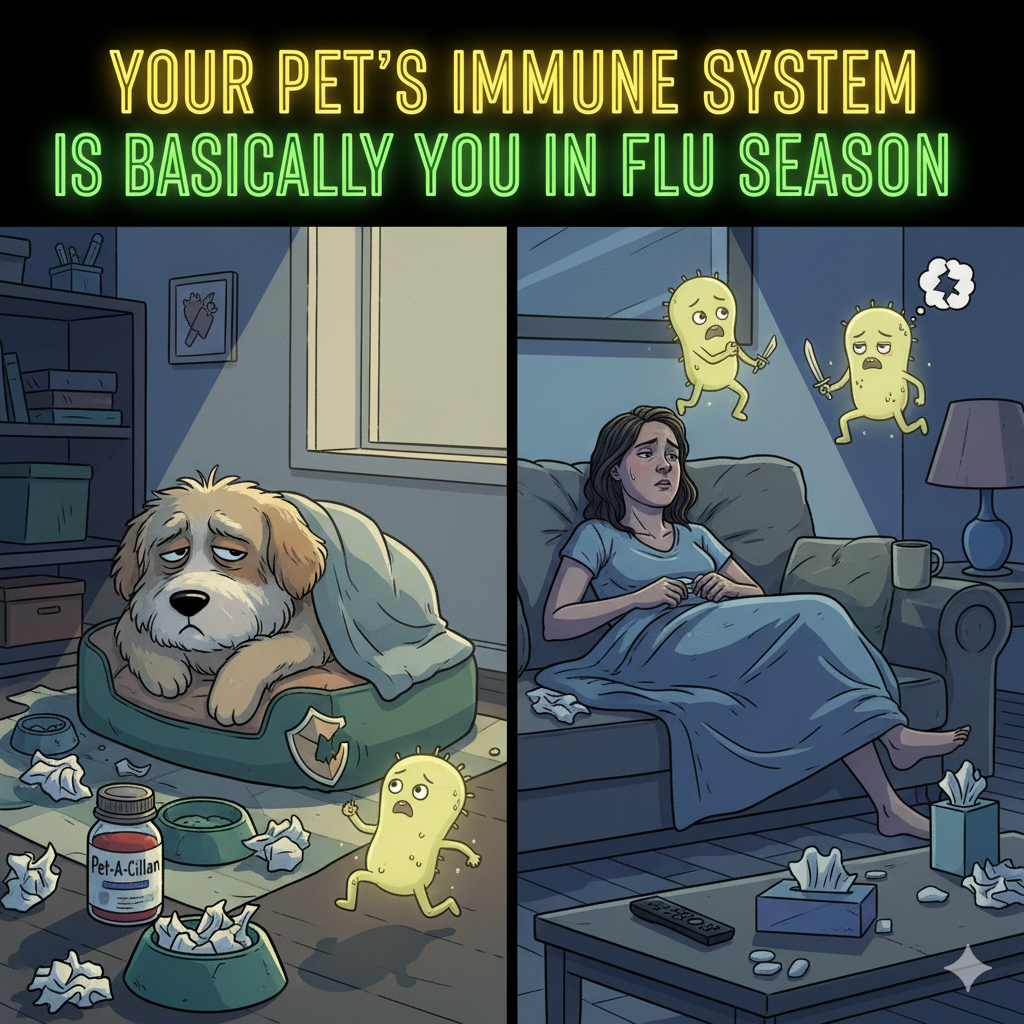Heat stroke is a life-threatening emergency in dogs, especially during hot weather. Heat stroke first aid dogs techniques can make the difference between life and death when every second counts. In this guide, we’ll cover how to recognize the symptoms, provide immediate first aid, and ensure proper recovery. This expert-backed resource follows EEAT principles, ensuring accuracy and trustworthiness for dog owners.
Understanding Heat Stroke in Dogs
Dogs regulate their body temperature differently from humans—they pant and release heat through their paw pads. When temperatures rise, they can overheat quickly, especially if they’re exercising or in a poorly ventilated space. Dog heat stroke symptoms often progress fast, and without prompt emergency care for dogs, permanent damage or death can occur within minutes.
Signs of Overheating in Dogs
Recognizing signs of overheating in dogs early is the first step toward prevention and treatment. Watch for:
- Excessive panting and drooling
- Bright red or pale gums
- Rapid heart rate
- Vomiting or diarrhea
- Staggering, weakness, or collapse
- Seizures or unconsciousness in severe cases
Outdoor dog enthusiasts, professional dog walkers, and pet sitters should be especially vigilant during the summer months.
Immediate Heat Stroke First Aid for Dogs
The first thing to remember: stay calm but act fast. Here’s the step-by-step heat stroke first aid dogs method:
1. Move the Dog to a Cooler Location
Get your dog out of direct sunlight. Shade, an air-conditioned room, or a well-ventilated vehicle with AC running can help.
2. Begin Cooling Gradually
Knowing how to cool down a dog is critical—avoid ice-cold water, which can cause shock. Instead:
- Use cool (not cold) water to wet the fur.
- Place wet towels on the neck, armpits, and groin.
- Offer small amounts of cool drinking water.
3. Monitor Body Temperature
Use a rectal thermometer if available. The target temperature is around 103°F (39.4°C). Stop cooling once this is reached to prevent hypothermia.
4. Seek Veterinary Attention Immediately
Even if your dog seems better, treating dog heat exhaustion requires professional evaluation. Organ failure can occur hours after the incident.
Special Considerations for At-Risk Dogs
Certain dogs are more prone to heat stroke:
- Pet parents of senior dogs should avoid outdoor activities in peak heat.
- Owners of brachycephalic breeds (pugs, bulldogs, etc.) must be extra cautious as these breeds have breathing challenges.
- Large breed dog nutrition tips can also play a role in maintaining healthy body function during hot weather.
Emergency Care for Dogs – When to Rush to the Vet
Head to the vet immediately if:
- Temperature is above 104°F (40°C)
- Your dog is unable to stand
- There are seizures or unconsciousness
- Breathing is labored even after cooling efforts
Veterinarians and vet tech students should remember that early intervention is the key to overheated dog recovery.
Recovery and Aftercare
After initial treatment, your vet may:
- Administer IV fluids
- Monitor for organ damage
- Recommend rest and restricted activity for several days
For overheated dog recovery, keep the dog in a cool, calm environment, monitor food and water intake, and avoid heat exposure for at least a week.
Canine Heat Stroke Prevention Tips
Canine heat stroke prevention is far better than treatment. Follow these summer pet safety tips:
- Walk dogs early in the morning or late in the evening.
- Avoid asphalt and hot surfaces that can burn paws.
- Provide shaded rest areas during outdoor activities.
- Always have water available when hiking or traveling.
- Never leave a dog unattended in a parked car, even for a few minutes.
Dog trainers and handlers, rescue and shelter workers, and rural and farm dog owners must apply hot weather dog care practices daily.
Dog First Aid Guide for Hot Weather Emergencies
A dog first aid guide should always include:
- Digital thermometer
- Spray bottle for cooling mist
- Instant cold packs (wrapped in cloth)
- Collapsible water bowl
- Emergency vet contact numbers
This kit is essential for outdoor dog enthusiasts and professional caregivers.
Important Notes on Cooling
When applying heat stroke first aid dogs techniques:
- Avoid ice water or freezing temperatures—it constricts blood vessels and slows heat loss.
- Avoid covering the dog completely with wet towels—they can trap heat.
- Keep cooling efforts gradual and steady.
Special Tips for Specific Audiences
- Dog owners in hot climates should invest in cooling mats and shaded kennels.
- Pet sitters and boarding facility staff must monitor dogs closely in shared spaces.
- Rescue and shelter workers should ensure kennels have ventilation and fans.
- Rural and farm dog owners must provide water troughs and shaded barns.
The Science Behind Heat Stroke
Heat stroke occurs when the body’s cooling mechanisms fail, causing core temperature to rise dangerously high. This leads to:
- Heat damage to brain and organs
- Clotting disorders
- Irreversible cell damage
Early treating dog heat exhaustion efforts can halt this chain reaction and save lives.
Key Takeaways
- Recognize early signs: Panting, drooling, weakness.
- Act fast: Move to shade, cool gradually, seek vet care.
- Prevent: Limit exposure, hydrate, avoid peak heat.
By understanding and applying heat stroke first aid dogs methods, you can safeguard your furry friend during hot weather and ensure they enjoy summer safely.
Final Thoughts
Heat stroke in dogs is an urgent condition, but with quick thinking, proper emergency care for dogs, and preventive measures, it’s often avoidable. Whether you’re a professional dog walker, a pet parent in a tropical city, or a rural farmer with working dogs, knowing how to cool down a dog effectively can be life-saving. Always remember—the best cure for heat stroke is prevention.






1 thought on “How to Provide First Aid for Heat Stroke in Dogs”